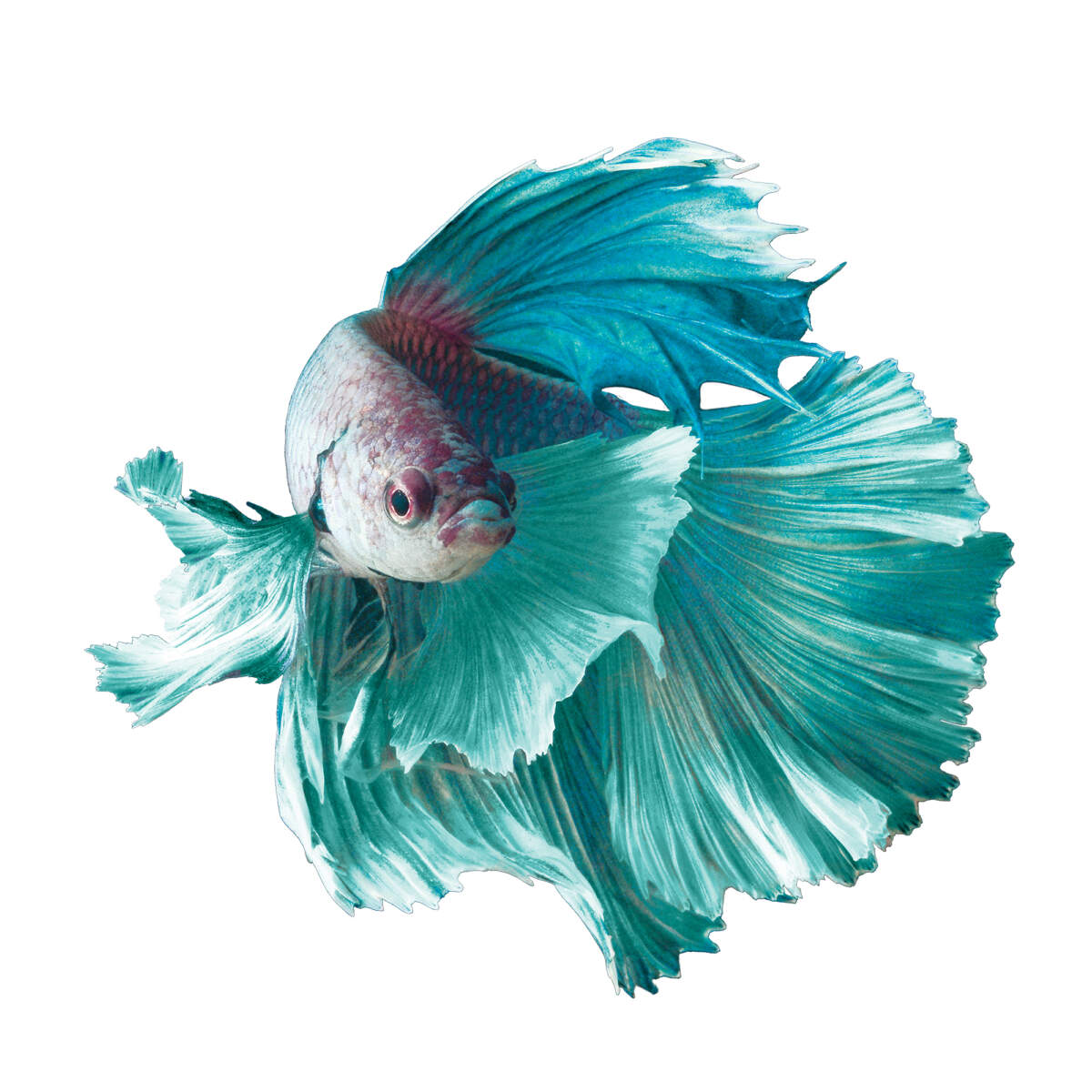Just how to Choose the Right Betta Fish for Your Fish tank
Just how to Choose the Right Betta Fish for Your Fish tank
Blog Article
How to Breed Betta Fish Successfully: Professional Techniques and Insights for Hobbyists Seeking To Expand Their Betta Collection
Breeding Betta fish requires a nuanced understanding of genes and environmental problems, making it necessary for enthusiasts to come close to the procedure with both diligence and treatment. Producing an optimum reproduction atmosphere, choosing the appropriate sets, and observing the intricacies of their courtship behaviors are fundamental actions that can significantly influence the end result.
Recognizing Betta Fish Genes
Recognizing the genes of Betta fish is vital for successful breeding, as it influences attributes such as shade, fin shape, and behavior. Betta fish exhibit a diverse array of shades and patterns, mainly established by their hereditary make-up. The key genes responsible for pigmentation include the "B" gene for blue, "D" genetics for red, and the "C" genetics for color strength. Dog breeders can manipulate these traits by selecting specific moms and dad fish that exhibit desired features.
In addition to pigmentation, fin morphology is an additional significant element of Betta genetics (betta fish). The form and size of fins are influenced by various genetics, consisting of those that figure out whether the fins are short, long, or veil-shaped. Understanding these hereditary variations assists breeders predict the phenotypic results of their spawn
Additionally, behavior characteristics such as aggression and territoriality can also be influenced by genetics. These behaviors play an important role in the reproducing procedure, as they can affect generating success and the general character of the resulting fry. By thoroughly comprehending these hereditary concepts, breeders can make informed decisions, eventually boosting their reproduction programs and achieving desirable outcomes.
Preparing the Reproduction Atmosphere
Developing an optimum breeding setting is important for the successful reproduction of Betta fish. The very first action in preparing this setting is to select a suitable reproduction container, preferably varying from 5 to 10 gallons.
Next, think about using a sponge filter or an air stone to offer gentle water blood circulation without creating strong currents that can emphasize the fish. It is necessary to set up plants or reproducing cones to offer hiding places and advertise convenience for the female during the spawning process. Floating plants, such as Java moss or water sprite, can likewise produce a much more natural surroundings while helping with bubble nest building by the man.
Prior to presenting the breeding pairs, make certain the water is conditioned and devoid of damaging chemicals, such as chlorine or hefty steels. betta fish. Normal water modifications need to be performed to keep optimal water quality, boosting the possibilities of effective reproduction. With these prep work in position, the breeding setting will sustain the health and wellness and health of both Betta fish
Picking Breeding Pairs
Selecting the right reproduction pairs is critical for attaining effective Betta fish reproduction. Healthy and balanced Betta fish exhibit vivid colors, clear eyes, and energetic behavior.
Personality is an additional essential factor to consider, as Betta fish are understood for their hostile nature. It is suggested to pick a man and lady that exhibit suitable characters to lessen anxiety during the breeding procedure. A tranquil male can urge a smoother courtship, while a lady that is as well hostile might disrupt the procedure.
Hereditary history additionally plays a considerable role in the quality of the spawn. Breeding fish that are genetically varied can reduce the risk of hereditary wellness problems and improve the general vigor of the fry. It is useful to look into the lineage of both the male and female, concentrating on desirable traits Find Out More such as fin type, color scheme, and size.
The Breeding Process
The reproduction process of Betta fish needs careful planning and interest to detail to make certain a successful result. It is crucial to prepare an ideal breeding container, ideally a 5-10 gallon aquarium with a temperature level kept at 78-80 ° F. The container needs to be outfitted with a heating system, filter (preferably sponge type to prevent solid currents), and lots of marine plants for the female to hide.
Once the environment is established, present the picked breeding pair to the tank, allowing them to accommodate. Observe their behavior; the man will show elaborate courtship routines, including flaring his fins and constructing a bubble nest. If the woman shows rate of interest, she will certainly present upright stripes indicating preparedness for spawning.
When the lady is receptive, the set will engage in a breeding embrace, throughout which the male feeds the eggs. Maintaining optimal water conditions throughout this period is essential for the development of healthy Betta fry.
Taking Care Of Betta Fry

Feeding Betta fry is critical, as they need a diet plan high in protein. They can be fed infusoria or fluid fry food, transitioning to finely smashed high-grade pellets as they grow. Feed tiny portions multiple times a day to urge healthy growth without overwhelming the container with leftover food.

As they develop, monitor their growth very closely and divide any kind of aggressive people to avoid damage. By giving a supporting setting and correct nourishment, enthusiasts can successfully increase Betta fry right into dynamic, healthy and balanced fish, eventually improving their reproduction endeavors.
Verdict
Effective Betta fish reproduction calls for precise attention to hereditary selection, ecological conditions, and look after the fry. By recognizing the genes of Betta fish and preparing a suitable reproduction setting, enthusiasts can improve the opportunities of producing dynamic, healthy children. Picking compatible breeding sets and carefully keeping an eye on the courtship and generating processes are crucial. Lastly, providing optimal treatment for the fry guarantees go to this website their healthy and balanced growth, contributing to a growing Betta collection.
Report this page